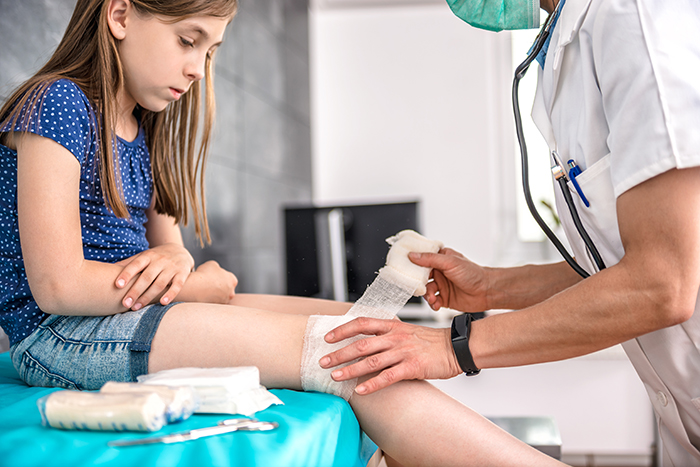No matter how perfect the care is, unfortunately, wounds are going to get infected. And as we get older, the risk increases due to overall weakening immune systems and more fragile skin.
These factors, along with underlying health issues like diabetes and even alcoholism, increase the likelihood that any wound could get infected.
Bannister Center for Rehabilitation and Nursing has a look at risk factors to keep an eye on that are specific to five kinds of wounds.
- Puncture Wound
Whether this is caused by glass or a nail, it’s more likely to get infected due to smaller foreign objects entering the body. This is especially true for someone who’s not up to date on their tetanus shots–you should get a booster every 10 years.
- Bite Wound
Whether it’s from a human or animal, a bite has an increased chance of infection due to it being filled with bacteria from saliva.
- Dirty Wound
If a wound isn’t washed with soap and water or an antiseptic like hydrogen peroxide within eight hours, it’s at a higher risk of becoming infected.
- Location of the Wound
Pay close attention to wounds on the hand, foot, leg, armpit, or groin. Wounds here tend to heal slower due to the skin in these areas, so they have more time to become infected.
- Size of the Wound
A larger and deeper wound will also take longer to heal, increasing the time that an infection can become present.
Common Signs of Infection
There are telltale signs of infection as a wound heals: yellow-greenish fluid that has a foul smell, additional redness and swelling around the wound, or fever are common. These are signs that a doctor’s treatment is necessary so antibiotics can be prescribed. And don’t put it off—these infections cannot heal on their own, and a wound left untreated can cause complications that require hospitalization.
To learn more about Bannister Center for Rehabilitation and Nursing and all of the services they offer, visit http://bannister-center.facilities.centershealthcare.org.






